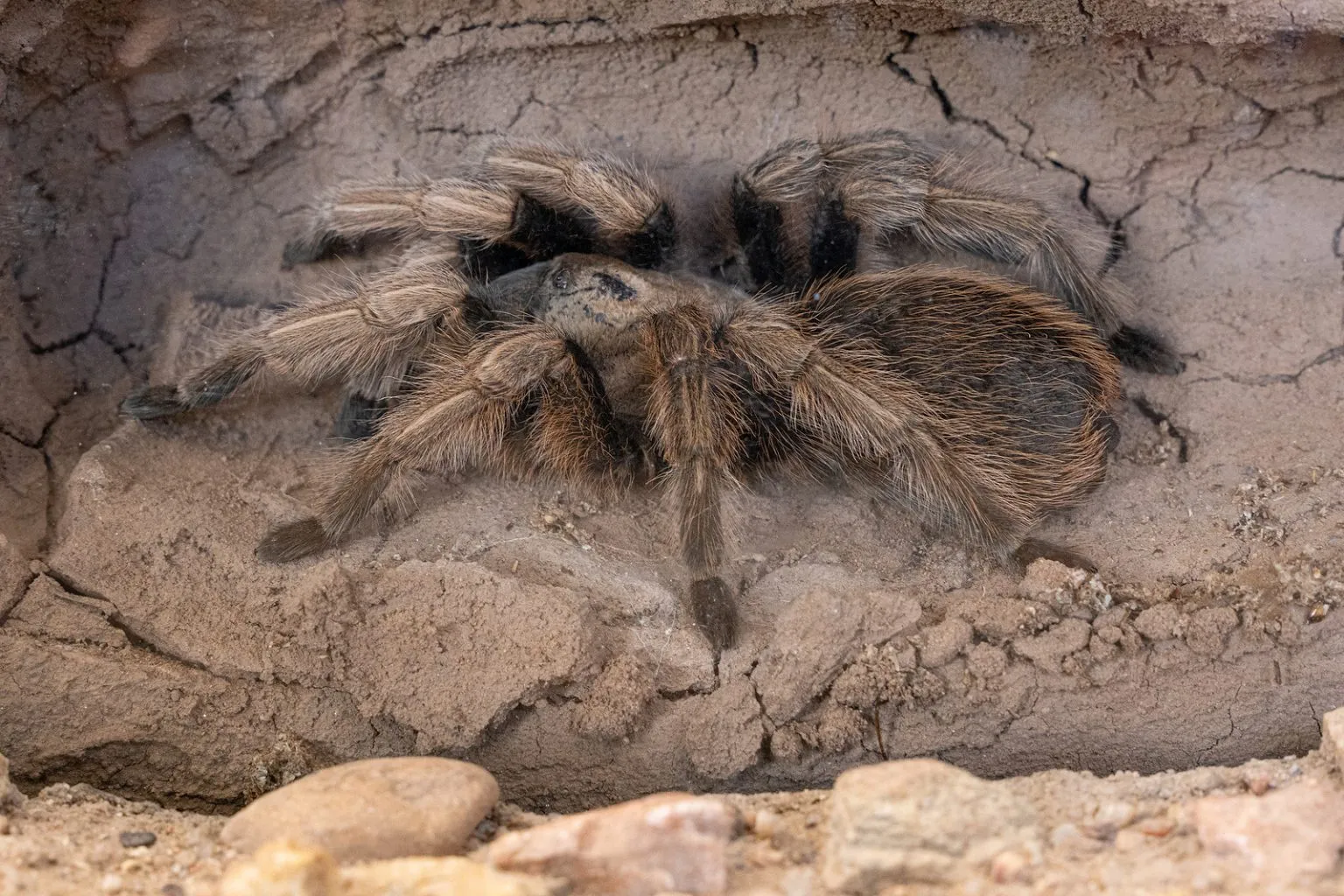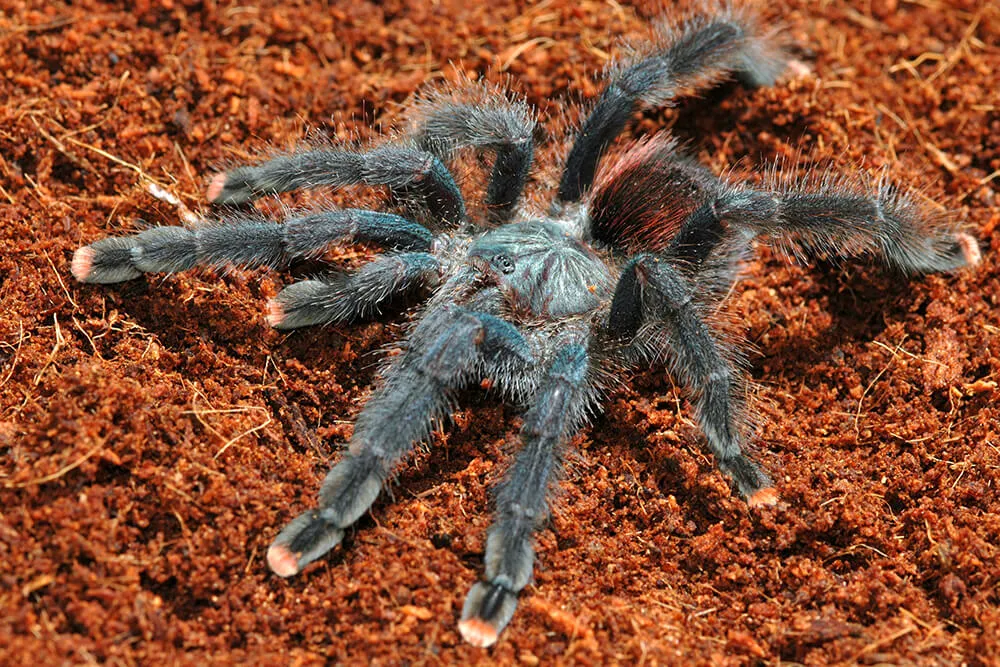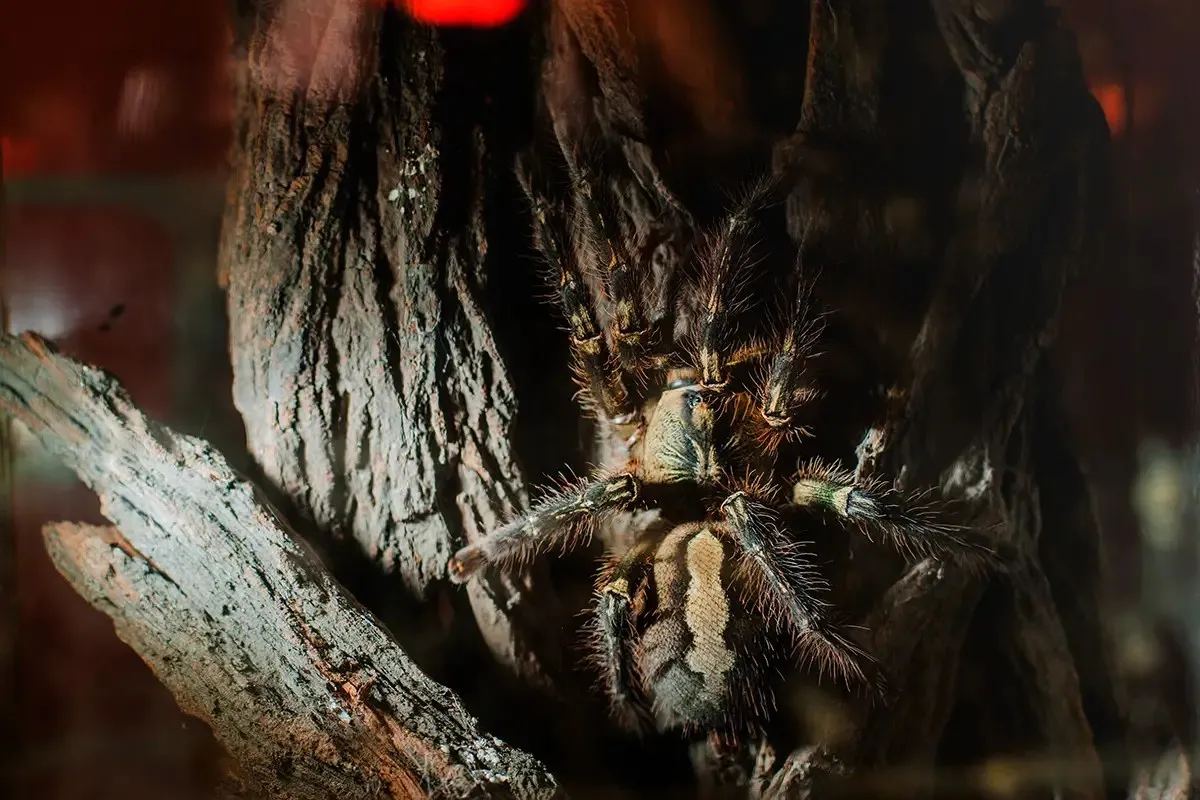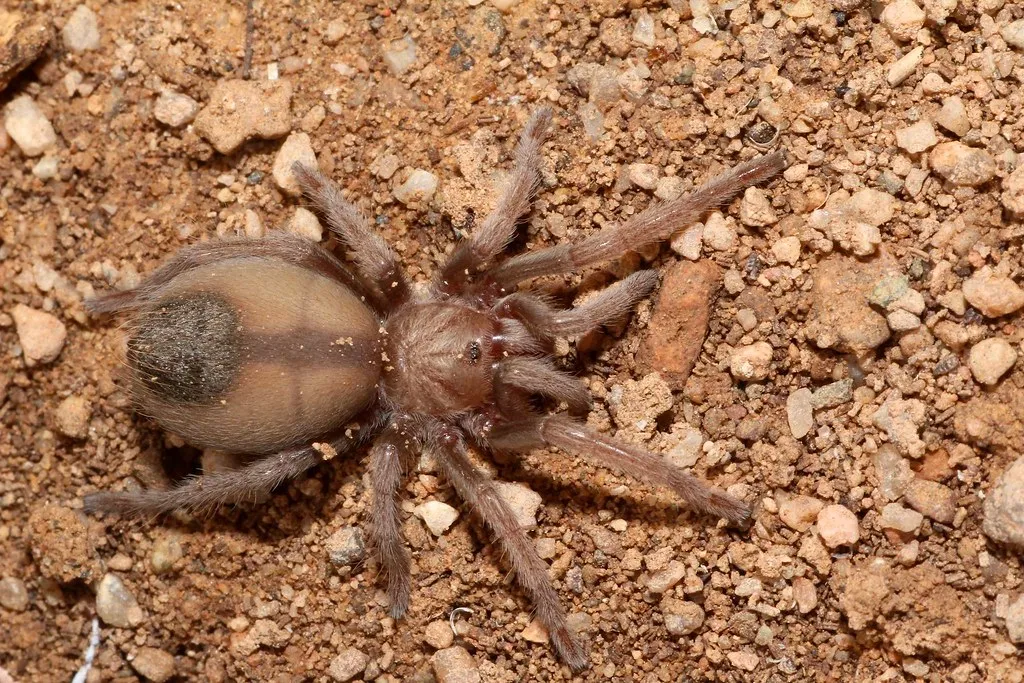What is a Tarantula Fovea
The tarantula fovea is a fascinating and crucial anatomical feature in these captivating creatures, often overlooked by casual observers. This unique structure is a shallow, groove-like indentation found on the dorsal (upper) surface of the tarantula’s cephalothorax, the fused head and thorax region. The fovea serves several important functions vital to the tarantula’s survival, including facilitating molting and potentially aiding in sensory perception. Understanding the fovea is key to appreciating the complexity and marvel of these incredible arachnids and providing them with the best possible care. Exploring this aspect of tarantula anatomy provides a deeper understanding of their behavior and health. This guide seeks to unravel the mysteries of the tarantula fovea and its essential roles.
Anatomy of the Fovea
The anatomy of the tarantula fovea is relatively simple yet profoundly important. It’s essentially a depression or furrow in the exoskeleton, reinforced internally by a series of chitinous plates. The shape and depth of the fovea can vary slightly depending on the tarantula species; some have a more pronounced, U-shaped fovea, while others have a straighter, less defined groove. The fovea itself isn’t a single organ but rather a structural modification of the exoskeleton. Internally, it serves as an attachment point for muscles and other tissues. Its location is consistent across tarantula species, typically positioned near the center of the cephalothorax, just behind the eyes. The rigidity of the fovea allows the tarantula to properly molt, by providing structural support during the shedding process. This structural adaptation is a testament to the evolutionary sophistication of tarantulas, and how their body plan has adapted to the environment.
Location and Appearance

The fovea’s location is typically easy to identify on a tarantula; it sits on the carapace, a hard plate that covers the cephalothorax. Observing the fovea, one can usually see it as a line, a groove, or a shallow depression. Its appearance can vary slightly depending on the species, its health, and the angle of observation. In many tarantula species, the fovea is quite prominent, while in others, it may appear as a subtle indentation. The color of the fovea matches the rest of the carapace. Knowing the expected appearance for a particular species allows keepers to easily assess the overall health of the tarantula. A damaged or deformed fovea can indicate health issues or problems with molting, making it a key indicator of the tarantula’s well-being.
Function of the Fovea
The primary functions of the tarantula fovea are related to the molting process and structural support. During molting, the tarantula sheds its exoskeleton to grow larger. The fovea provides an anchor point for the muscles and tissues, allowing the tarantula to split its carapace cleanly, helping to facilitate this process. Without this structural support, molting could be a difficult and potentially dangerous process. In addition to its role in molting, the fovea may also play a part in sensory perception and overall structural integrity of the cephalothorax. It’s a vital part of the tarantula’s anatomy that allows the creature to survive and thrive in its environment. Understanding its functionality gives insight into the adaptations that allow the tarantula to be one of the most successful arachnid species.
Role in Prey Detection
Although the exact role of the fovea in prey detection is still debated, there’s growing evidence to suggest it might have a role in how tarantulas perceive their surroundings. Some experts believe that the fovea could contain or be linked to sensory organs that aid in detecting vibrations or subtle changes in the environment, which could help the tarantula locate prey. The exact mechanisms and the degree to which the fovea contributes to prey detection aren’t fully understood. It’s speculated that the fovea, combined with the tarantula’s other sensory systems (such as its sensitive hairs called setae), allows the spider to create a detailed picture of its environment, including the location and movement of potential prey. While not the primary sensory organ, it might still enhance a tarantula’s hunting success.
Role in Molting

The most well-established role of the fovea is its contribution to the molting process. Molting is essential for tarantulas as they grow, as their exoskeleton does not expand. The fovea serves as a point of weakness in the exoskeleton, acting as a precise point where the carapace splits open during molting. As the tarantula prepares to molt, it secretes enzymes to separate the old exoskeleton from the new one. The fovea provides the structural support and defined line for the old exoskeleton to split. Without this feature, the molting process would be much more difficult, and the tarantula would be at a much higher risk of injury or death. Therefore, a healthy, well-defined fovea is a key indicator of a tarantula’s ability to molt successfully, ensuring its continuous growth and health. The tarantula’s molting behavior shows the amazing relationship between its body structure and its ability to thrive in its environment.
Fovea and Tarantula Health
The condition of the tarantula’s fovea can provide valuable insights into its overall health. It can be an early warning sign of health issues. A healthy fovea is usually well-defined, undamaged, and consistent in appearance with what’s typical for the species. Any significant changes to the fovea’s appearance or structure might indicate underlying problems, such as injuries, infections, or molting difficulties. Regular observation of the fovea, alongside other health indicators, is crucial for responsible tarantula care. Understanding how the fovea functions and how to assess its health empowers keepers to proactively manage the well-being of their tarantulas. This preventative care allows the tarantulas to have a long and healthy life in captivity.
Signs of a Healthy Fovea
A healthy fovea typically appears as a well-defined groove or indentation on the tarantula’s carapace. The edges of the fovea should be smooth and free from any visible damage or deformities. The depth and shape of the fovea should be consistent with what’s typical for the tarantula’s species and age. There should be no signs of injury or discoloration around the fovea. The surrounding exoskeleton should also appear clean and intact. In a healthy tarantula, the fovea functions correctly during molting, allowing for a clean and complete shed of the old exoskeleton. These are all signs that the tarantula is healthy and well-cared for. A healthy fovea suggests a healthy tarantula.
Problems and Solutions

Problems with the tarantula’s fovea can indicate underlying health issues. Damage to the fovea can result from physical trauma. In this case, providing an environment that minimizes risks of falls and injuries will help. Infections around the fovea can be problematic, often presenting with discoloration or swelling. Treatment involves isolating the tarantula, cleaning the affected area, and consulting with a veterinarian specializing in exotic animals. Molting problems may also be linked to the fovea, such as when it doesn’t split cleanly. This can be caused by low humidity or other environmental factors. Careful attention to the tarantula’s environment, including temperature, humidity, and substrate, can prevent molting issues. Regular observation and prompt intervention are critical for addressing fovea-related problems and ensuring the tarantula’s well-being.
Observing the Fovea
Observing the tarantula’s fovea is a straightforward process that provides important insights into the spider’s health. Regular observation can help keepers identify any potential issues early on. This easy practice should be part of routine care. It also helps build a deeper connection and understanding of the tarantula’s needs. It is a critical aspect of responsible tarantula care.
What to Look For
When observing the tarantula’s fovea, it’s important to look for several key indicators. Firstly, check for the fovea’s appearance, noting its shape, depth, and definition, and compare it to what is typical for the species. Any changes, such as a widening or distortion of the fovea, warrant further investigation. Secondly, look for any signs of damage, such as cracks, breaks, or other physical injuries. Thirdly, examine the area around the fovea for any signs of infection, such as discoloration, swelling, or the presence of foreign objects. Lastly, observe the tarantula’s behavior, as changes in behavior can sometimes indicate problems with the fovea or the molting process. Documenting these observations can help track any changes over time and assist in the diagnosis of potential health issues.
Tools for Observation

While you don’t necessarily need specialized tools to observe a tarantula’s fovea, certain items can make the process easier and more accurate. A magnifying glass can help you get a closer look at the fovea and identify subtle details that may be missed with the naked eye. A bright, focused light source, such as a small LED flashlight, can help illuminate the fovea, making it easier to see. A camera with a macro lens can be used to take high-resolution photos of the fovea, allowing for more detailed examination and documentation. It can also be used to compare the appearance of the fovea over time. Clean gloves are essential to handle the tarantula safely. Using these tools will enable a more thorough and accurate observation.
